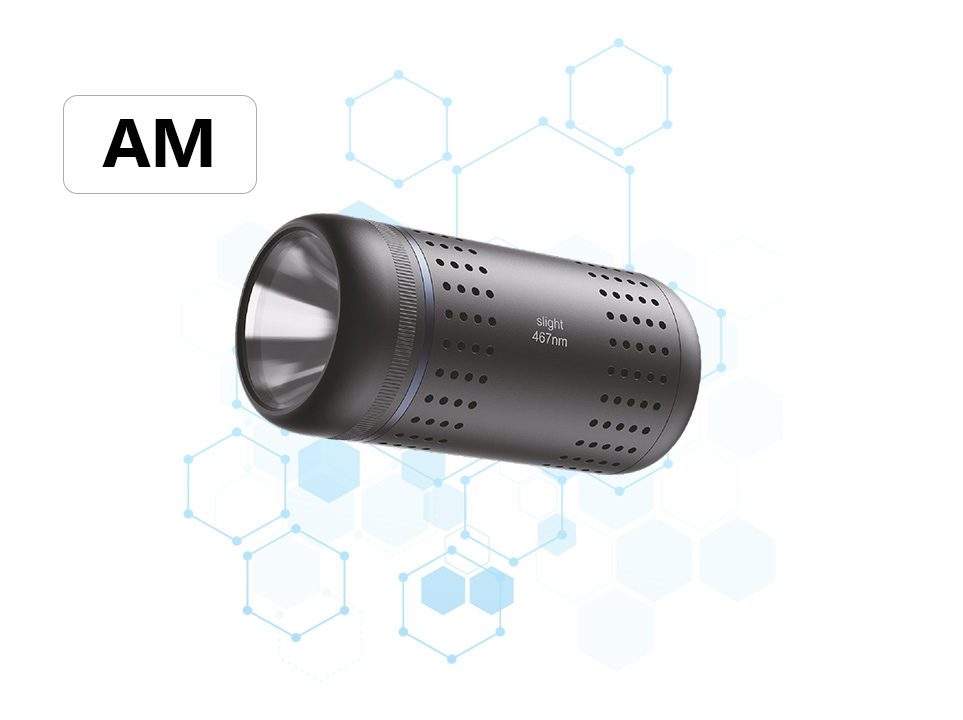Material selection of kettle type photoreactors
Abstract: The design and performance of kettle type photoreactors are significantly influenced by the choice of materials utilized in their construction. This paper delves into the intricacies of material selection for kettle type photoreactors, highlighting the critical factors that must be considered to ensure optimal functionality, durability, and efficiency. Through a comprehensive analysis of various materials and their properties, this study aims to provide guidelines for material selection in the context of kettle type photoreactors.
Introduction:
Kettle type photoreactors are essential in various chemical and photocatalytic processes, where they facilitate the interaction between light and reactants to produce desired products. The success of these reactors largely depends on the material selection, as it directly impacts the reactor's performance, durability, and overall efficiency. This paper explores the material selection process for kettle type photoreactors, considering factors such as mechanical properties, chemical resistance, thermal conductivity, electrical conductivity, and cost.
Materials and Methods:
The process of material selection for kettle type photoreactors involves several key steps:
Defining Requirements: Clearly define the application, operating conditions, and performance specifications of the photoreactor. This includes understanding the type of reactions to be carried out, the light source requirements, and the desired product characteristics.
Material Research: Conduct a thorough investigation of different materials that meet the defined requirements. Consider a wide range of materials, including metals, ceramics, polymers, and composites. Evaluate each material based on its mechanical properties, chemical resistance, thermal conductivity, electrical conductivity, and cost.
Material Testing: Perform tests to evaluate the material properties and ensure they meet the design criteria. This may include tensile testing, fatigue testing, corrosion testing, and thermal conductivity testing. These tests will help identify any potential weaknesses or limitations of the materials under consideration.
Material Selection: Based on the test results and evaluation of material properties, select the most suitable material for the application. Consider factors such as cost, availability, and manufacturability. The chosen material should offer a balance of performance, durability, and cost-effectiveness.
Validation and Optimization: Once the material is selected, conduct additional testing or simulations to validate its performance under real-world conditions. Make adjustments to the material properties or design as needed to optimize the photoreactor's performance.
Results and Discussion:
The material selection process for kettle type photoreactors revealed several key considerations. Firstly, the material must possess excellent chemical resistance to withstand the harsh chemical environments often encountered in photocatalytic reactions. Secondly, good thermal conductivity is essential to ensure efficient heat transfer and prevent overheating. Additionally, the material should have sufficient mechanical strength to withstand the pressures and stresses associated with reactor operation.
Among the materials evaluated, titanium dioxide (TiO2)-based ceramics emerged as a promising option due to their excellent photocatalytic activity, chemical resistance, and thermal stability. However, the high cost and limited availability of TiO2-based ceramics present challenges. Alternatively, stainless steel and nickel-based alloys offer good mechanical properties and corrosion resistance but may require additional surface treatments to enhance their photocatalytic performance.
Polymer-based materials, such as polytetrafluoroethylene (PTFE) and polyether ether ketone (PEEK), offer excellent chemical resistance and temperature stability but may not possess the necessary mechanical strength for high-pressure applications. Composites, which combine the properties of multiple materials, could be a viable option but require careful selection and design to ensure optimal performance.
Conclusion:
The material selection process for kettle type photoreactors is a complex and multifaceted task that requires careful consideration of various factors. By following a systematic approach, including defining requirements, material research, testing, selection, and validation, it is possible to identify the most suitable material for the application.
Keywords: Kettle type photoreactors, material selection, chemical resistance, thermal conductivity, mechanical properties.





